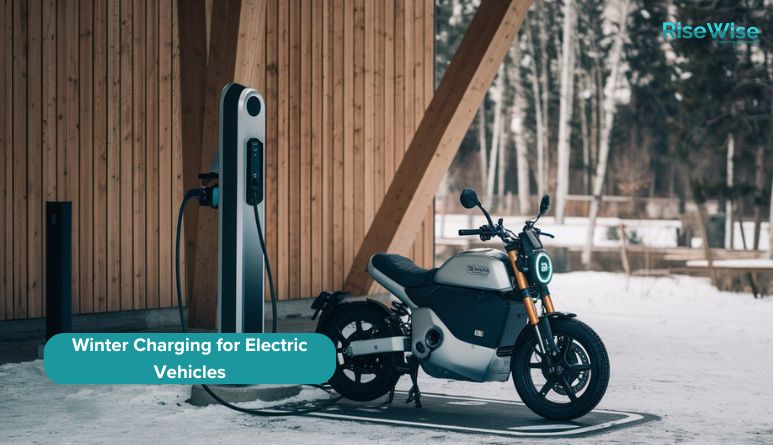
Winter Charging for Electric Vehicles: Tips and Best Practices
As winter sets in, electric vehicle (EV) owners face unique challenges. Cold weather affects battery performance, charging speed, and overall efficiency. However, with the right practices and insights, you can keep your EV running smoothly throughout the colder months. In this comprehensive guide, we’ll explore how winter affects EV charging, provide actionable tips to optimize charging, and discuss the role of EV finance in making winter-ready EV solutions accessible.
Table Of Content
- Tips for Optimizing EV Charging in Winter
- Precondition Your Battery
- Charge Indoors or in Covered Areas
- Plan Charging Stops Wisely
- Keep Your Battery Level Between 20-80%
- Use Eco Modes
- Monitor Tire Pressure
- Choosing the Right Winter Charging Accessories
- Public Charging Stations in Winter: What to Expect
- Maximizing Cabin Comfort Without Sacrificing Range
- Preparing for Winter with EV Maintenance
- The Role of EV Finance in Winter Preparedness
- Benefits of Electric Vehicles in Winter
- Overcoming Range Anxiety in Winter
- Future Innovations: EVs and Winter Efficiency
- Conclusion
Understanding How Winter Affects EV Batteries
EV batteries rely on chemical reactions to store and release energy. Low temperatures slow these reactions, leading to:
- Reduced Range: Cold weather can decrease an EV’s range by up to 30%.
- Slower Charging Speeds: Batteries take longer to charge in colder conditions.
- Increased Energy Consumption: Heating the cabin draws power, further affecting range.
These factors make it essential for EV owners to adapt their habits to winter-specific challenges.
Tips for Optimizing EV Charging in Winter
Precondition Your Battery
Preconditioning warms your battery before driving or charging. Use your vehicle’s app or onboard settings to set a preheating schedule while the car is plugged in. This minimizes energy loss during driving.
Charge Indoors or in Covered Areas
Charging your EV in a garage or covered area reduces exposure to freezing temperatures, which helps maintain battery efficiency. If possible, install a home charging station indoors to protect both the charger and the vehicle.
Plan Charging Stops Wisely
For long-distance winter travel, plan charging stops ahead of time. Use apps like PlugShare or ChargePoint to locate fast chargers along your route.
Keep Your Battery Level Between 20-80%
Avoid letting your battery level drop below 20% in cold weather, as low charge levels can further degrade performance. Charging beyond 80% can also take longer and isn’t necessary for most daily commutes.
Use Eco Modes
Many EVs come with eco-driving modes that limit acceleration and optimize energy use. Activate these modes during winter to conserve battery life.
Monitor Tire Pressure
Cold air can cause tire pressure to drop, increasing rolling resistance and reducing efficiency. Check your tire pressure regularly and maintain the recommended levels.
Choosing the Right Winter Charging Accessories
Investing in winter-friendly accessories can make a significant difference:
- Portable EV Chargers: A reliable backup for emergencies.
- Thermal Insulation Covers: Protects your vehicle and charging port from snow and ice.
- All-Season Tires: Enhances traction and safety in winter conditions.
Public Charging Stations in Winter: What to Expect
Public chargers often remain functional in winter but may experience slower charging speeds due to the cold. Here’s what you can do:
- Arrive with a Warm Battery: Drive for at least 10-15 minutes before reaching a charging station to warm up the battery.
- Choose Fast Chargers: DC fast chargers are more efficient in cold weather compared to Level 1 or Level 2 chargers.
- Be Patient: Accept that charging may take slightly longer in winter and plan your trips accordingly.
Maximizing Cabin Comfort Without Sacrificing Range
Heating the cabin consumes significant energy, impacting your EV’s range. To stay warm without draining the battery:
- Use seat and steering wheel heaters instead of traditional cabin heaters, as they are more energy-efficient.
- Precondition the cabin while the car is still charging.
- Dress warmly to reduce reliance on the car’s heating system.
Preparing for Winter with EV Maintenance
Winter readiness starts with proper maintenance:
- Battery Health Check: Visit your dealer or service center for a pre-winter battery inspection.
- Software Updates: Ensure your vehicle has the latest firmware for optimal performance.
- Inspect Charging Cables: Look for wear and tear that could be exacerbated by cold weather.
The Role of EV Finance in Winter Preparedness
Winter-specific needs, such as installing a home charging station or upgrading to all-season tires, can add to your expenses. This is where EV finance options can play a pivotal role. Many financial institutions offer loans or payment plans specifically for EV-related upgrades, making it easier for owners to invest in essential winter gear.
Benefits of Electric Vehicles in Winter
Despite the challenges, EVs have some advantages over internal combustion engine (ICE) vehicles in winter:
- Instant Cabin Heat: EVs can heat the cabin immediately, unlike ICE vehicles that rely on engine heat.
- Lower Maintenance Costs: EVs lack components like radiators or fuel lines, which are prone to freezing.
- Remote Start Features: Many EVs allow you to start preconditioning and heating remotely.
Overcoming Range Anxiety in Winter
Range anxiety can be heightened in winter, but it’s manageable:
- Route Planning: Use navigation systems that factor in charging stops and range.
- Drive Smarter: Avoid aggressive acceleration and braking.
- Adopt Smart Charging Habits: Charge during off-peak hours for better rates and less congestion at public stations.
Future Innovations: EVs and Winter Efficiency
The EV industry is constantly evolving, with innovations aimed at improving winter performance. These include:
- Solid-State Batteries: More efficient at low temperatures.
- Heat Pump Systems: Reduce energy loss for heating.
- Improved Battery Insulation: Enhances cold-weather performance.
Conclusion
Winter charging for EVs requires some adjustments, but with the right strategies, you can enjoy a seamless experience. From preconditioning your battery to exploring EV finance for essential upgrades, there are numerous ways to prepare for the cold months. Embrace these practices, and your EV will continue to deliver exceptional performance, regardless of the season.
By staying proactive and informed, you can make the most of your EV investment all year round.


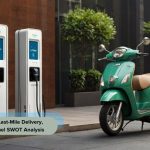
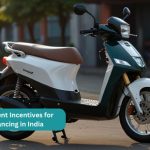
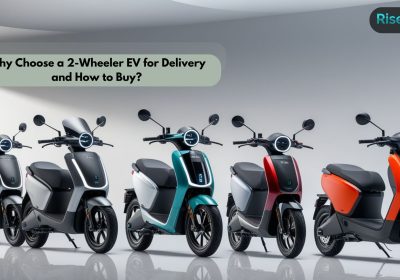
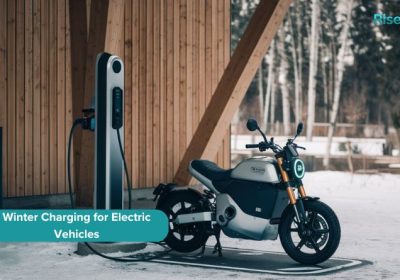
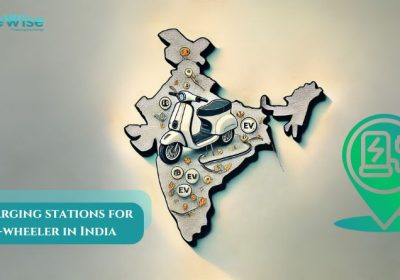
No Comment! Be the first one.